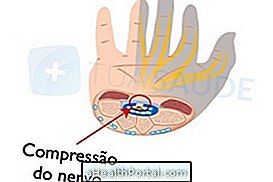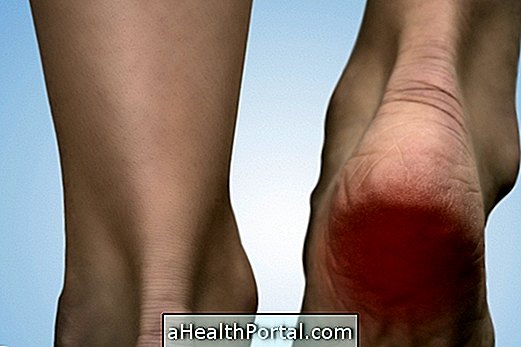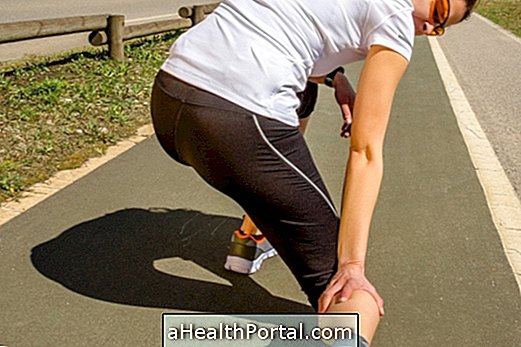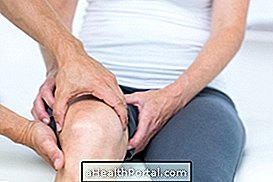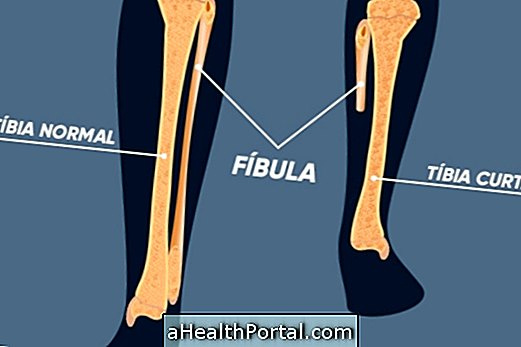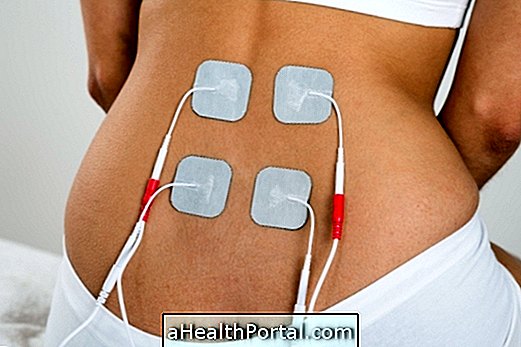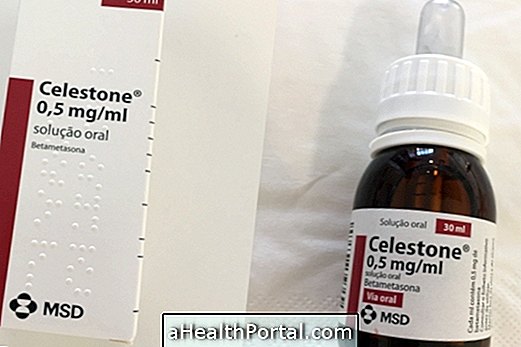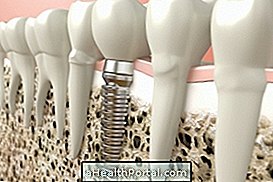Knee synovitis, commonly known as "knee water, " is an inflammation of the synovial membrane, a tissue that coats the knee internally which promotes an increase in the amount of synovial fluid, generating symptoms such as pain, swelling and difficulty in movement. Water in the knee is healing, and your treatment includes rest, physical therapy, medication, and sometimes surgery.
The accumulation of water in the knee can be caused by a knock in the knee or by situations such as direct trauma, which is when the person falls on his knees on the floor or after an ankle twist, however, it may also arise in case of illness such as rheumatoid arthritis, osteoarthritis or osteoarthritis, gout, hemophilia, repetitive strain, as can happen in physical activity practitioners such as marathoners. Less commonly it is caused by pigmented villous synovitis of the knee, a disease of the tissue itself.
Synovial fluid is a lubricating fluid present in the knee, it is transparent or has a pale yellow color. Its amount varies between 2 to 3.5 ml but in case of synovitis this amount can reach 20, 40, 80 and even 100 ml causing discomfort pain.
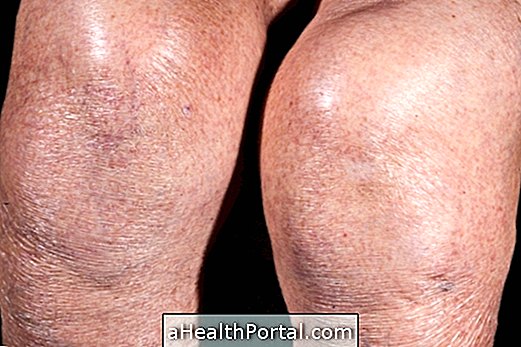
Symptoms of water in the knee
Symptoms of synovitis in the knee arise due to increased synovial fluid within this joint, causing:
- Knee pain;
- Difficulty in walking and fully stretching the leg;
- Swelling in the knee;
- Weakness of thigh and leg muscles.
If these symptoms are identified the person should go to the orthopedic doctor for an evaluation. The doctor may puncture the synovial fluid by withdrawing a portion of this 'knee water' and sending it for laboratory analysis to check for glucose or increased proteins or antibodies in the fluid.
Treatment to take water from the knee

Medicines
Treatment for synovitis in the knee is initiated by taking anti-inflammatory drugs, corticosteroids (oral or injectable), followed by physical therapy. In some cases the doctor may remove excess intra-articular fluid through a puncture.
Physiotherapy
As for physiotherapeutic treatment, electrotherapy will be an important part of the treatment as well as muscle strengthening and joint amplitude gain. Ultrasound, tens, faradic and laser are some examples of devices that are usually indicated in the physiotherapeutic treatment of knee synovitis before or after surgery.
Surgery
Surgery is indicated in case of chronic synovitis when knee pain remains for more than 6 months due to rheumatoid arthritis or arthritis, with no improvement with medications, physical therapy or puncture. Surgery can be done openly or by arthroscopy and consists of removing much of the synovial tissue and if the menisci are also affected, one can also take part of these. After surgery the leg is bandaged for 48 hours with the leg elevated to combat swelling, and it is recommended to move the feet to avoid deep venous thrombosis.
The next day you can start walking with crutches and you can start the isometric exercises without knee movement, and as the person improves, you can start exercises by bending the knee and using potholes, always under the guidance of the physiotherapist. The recovery time for this surgery is approximately 6 to 8 weeks in open surgery and 7 to 10 days in case of knee arthroscopy.
Home treatment
A good home treatment to take water from the knee is to put a cold water bag over the swollen and sore joint, 3 to 4 times a day. To do this simply buy a gel bag at the drugstore or drugstore and leave in the freezer for a few hours. When frozen it should be rolled up with paper towel and put directly on the knee, letting act for up to 15 minutes at a time.
Most times it is not recommended to put a hot water bottle in the knee, only under the indication of the doctor or the physiotherapist.
A good exercise is to lie on your belly up and bend your leg to the edge of the pain, which is the point where it starts to bother, and then stretch again. This movement should be repeated about 20 times, without forcing the leg too hard, in order not to increase the pain.
